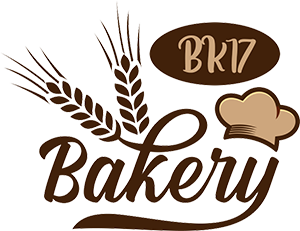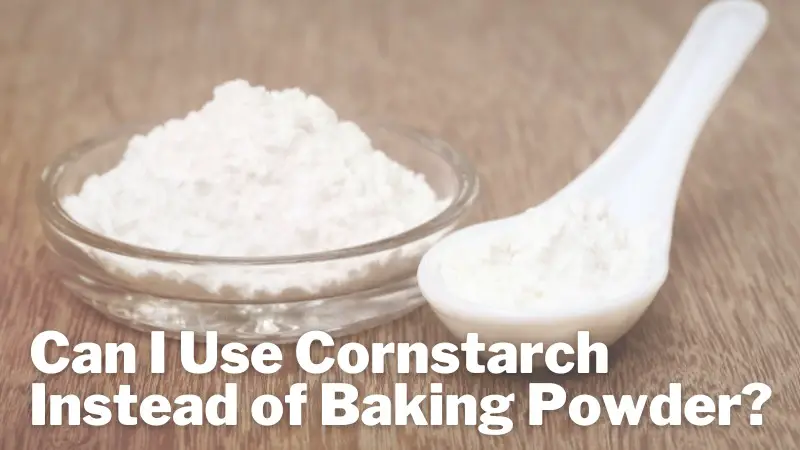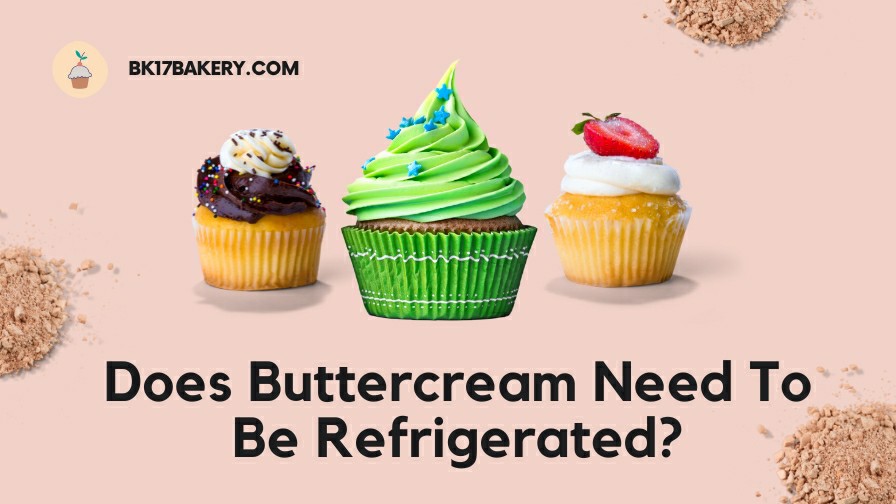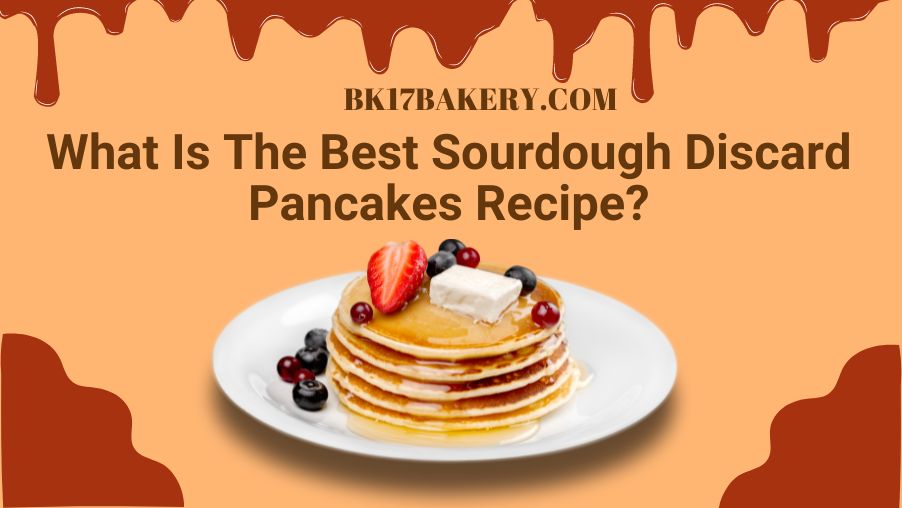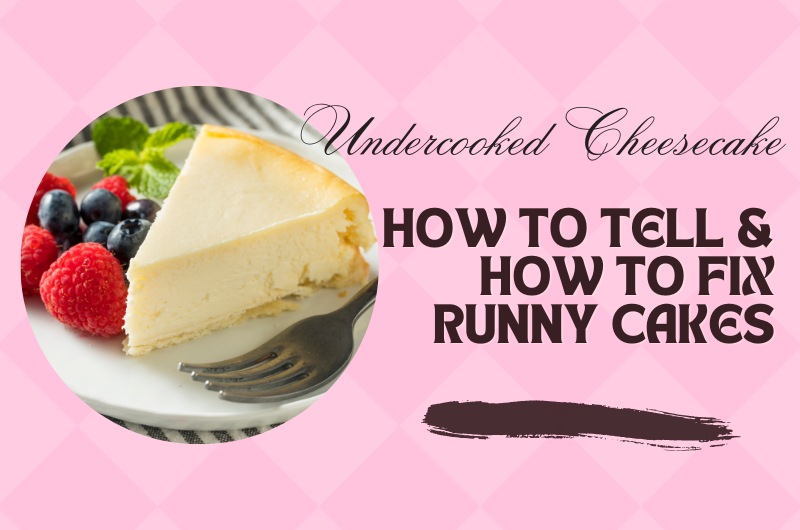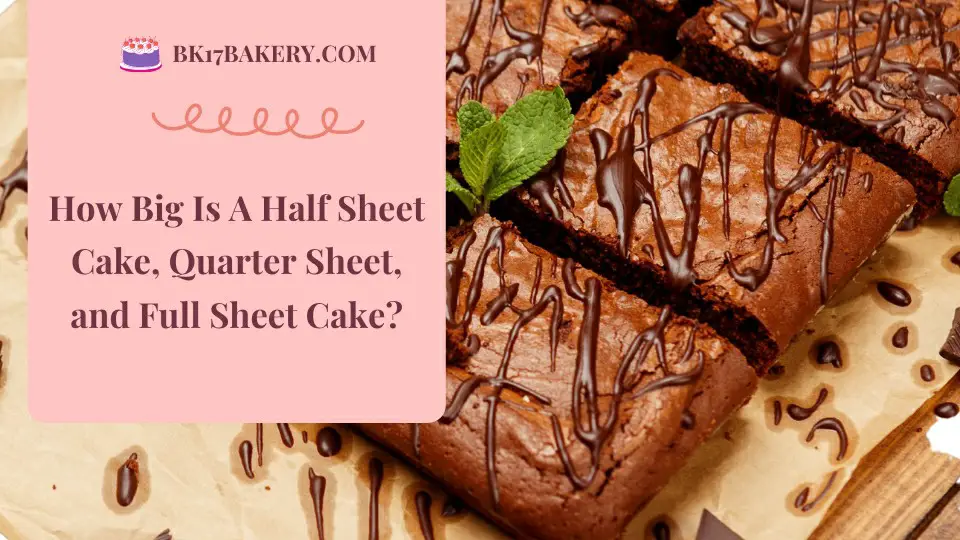I know how frustrating it can be when you’re all set to bake your favorite cookies and you discover there’s no baking powder in sight.
People start wondering if they can make do with what’s available in their pantry. And a common dilemma is whether baking powder is the same as cornstarch in a recipe.
This article will take a closer look at the properties and roles of these essential ingredients. It will show you whether they’re interchangeable and, if not, what you can do when you find yourself in a pinch.
In This Article
Cornstarch vs. Baking Powder
Knowing whether you can swap cornstarch for baking powder requires us to dive a bit deeper into the heart of these two kitchen staples. Let’s kick things off by exploring what exactly cornstarch is and then move on to baking powder and how they differ.
What Is Cornstarch?
Cornstarch, as the name suggests, is the starch derived from corn. This fine, powdery substance is the product of processing the white endosperm found at the heart of a corn kernel.
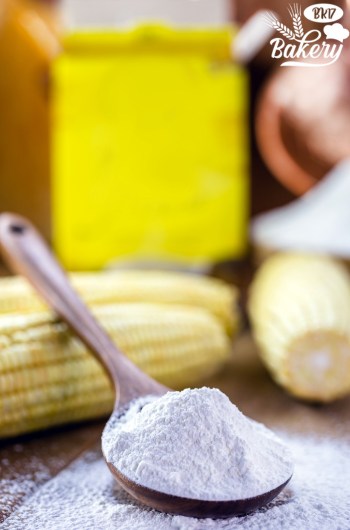
With its smooth texture and neutral flavor, cornstarch is most often called upon in the kitchen as a thickening agent. From sauces to stews, cornstarch works its magic by absorbing liquid, giving the recipe a thicker consistency.
But beyond its thickening prowess, cornstarch serves other roles too. In baking, it’s an integral part of many cake or ice cream recipes. I’ve noticed that when I toss it in the mix, it lends a more delicate, tender crumb to my cakes.
Another application I’ve found particularly useful is shortbread cookies.
Replacing a portion of the flour with cornstarch brings a noticeable change – the cookies take on a melt-in-your-mouth tenderness that’s truly hard to resist.
What Is Baking Powder?
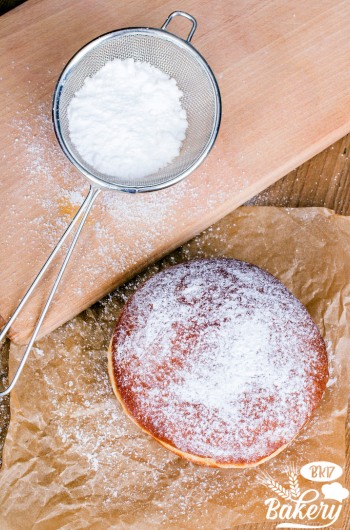
Baking powder, unlike cornstarch, has a completely different role in the kitchen.
It’s a mix of a dry acid (like cream of tartar), a base (baking soda, also known as sodium bicarbonate). And, yes, a buffer like cornstarch.
This magic formula of ingredients triggers a chemical reaction that produces carbon dioxide gas when encountering moisture and heat. It’s responsible for those tiny air bubbles that make cakes, muffins, and pancakes rise and become fluffy.
Differences Between Cornstarch And Baking Powder
Baking powder isn’t the same as cornstarch. While these ingredients may look similar and share a spot in your pantry, they’re as different as apples and oranges.
I use cornstarch primarily as a thickening agent to bring structure and a certain body to various delicious dishes, including desserts.
On the other hand, baking powder acts as a leavening agent. I love how it introduces air into baked goods and helps them rise to their best form.
The key difference between the two, from a baking standpoint, lies in their effects: cornstarch typically modifies texture, while baking powder affects volume and lightness.
Just imagine a cake that doesn’t rise or a pie filling that doesn’t set – these scenarios perfectly illustrate the unique roles these ingredients play in our recipes.
Can I Use Cornstarch Instead Of Baking Powder?
To put it simply, no, you can’t use cornstarch instead of baking powder. They perform different roles in cooking and baking, and swapping one for the other would likely lead to less than satisfactory results.
Cornstarch, as I mentioned earlier, is primarily used as a thickener. It doesn’t have the leavening properties that baking powder possesses.
In particular, cornstarch doesn’t contain the necessary acidic component that reacts with baking soda to produce the carbon dioxide needed for lifting. Without this reaction, your baked products won’t have the necessary air pockets that contribute to their texture.
Using cornstarch instead of baking powder would mean you are missing a crucial leavening agent in your recipe. This would likely result in your baked goods not rising as expected.
In fact, I once ran out of baking powder and decided to conduct a small experiment by using cornstarch as a substitute. The outcome? My cookies didn’t rise at all.
Instead, they were dense, flat, and even too hard to take a bite, a far cry from the light and airy texture that baking powder would have given them.
Can You Substitute Baking Soda For Baking Powder?
Baking soda can be used as an alternative to baking powder. It’s not recommended due to the superior leavening effect of baking soda, so you must use it less. The ratio is not one-to-one but ⅓ or ½ tsp of baking soda for 1 tsp of baking powder.
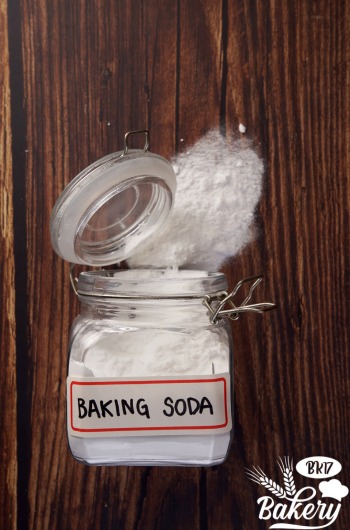
That’s not the end of the story. Baking soda is a base, which means it requires the presence of an acid to activate its leavening properties. It reacts with the acid to produce carbon dioxide, which helps your baked goods rise.
However, in the absence of an acid, baking soda will not produce the desired rise and may leave a soapy taste in your dish due to its alkaline nature.
So if you are in a pinch and want to cross out baking powder from the recipe, another acid-based ingredient must come in! Buttermilk or vinegar are a few to name.
From my experience, substituting baking soda for baking powder without using an additional acid doesn’t yield a satisfactory result.
There was a time when I attempted to bake muffins using only baking soda as a leavening agent. The result was flat and hard muffins with a slightly bitter aftertaste – something I definitely do not recommend.
Long story short, baking powder and baking soda is a match made in heaven, and if you want to use solely baking soda, find another acid-based mate.
Now, there are a few ways to create a homemade baking powder substitute.
One is to use self-rising flour, which already includes baking powder and salt in its mix.
A second is to combine baking soda with an acid like lemon juice or vinegar. You can also use baking soda with plain yogurt or buttermilk since these dairy products are naturally acidic.
However, remember that these baking powder substitutes are temporary fixes, and the ratios may not always hold true for every recipe. When in doubt, stick to the recipe. It’s been developed that way for a reason, after all.
What Can I Substitute For Cornstarch?
There are several good cornstarch alternatives if you’re in a pinch and need a thickening agent in baking.
All-Purpose Flour
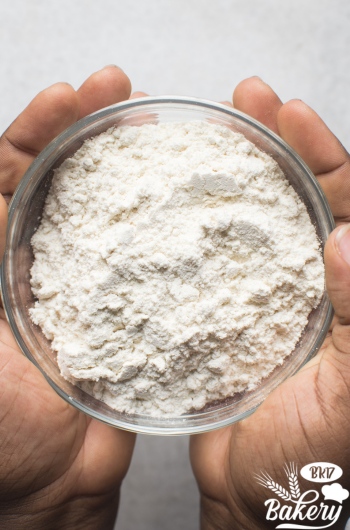
All-purpose flour is a pantry staple in many kitchens, and it can certainly step in for cornstarch if necessary. It’s easily accessible and makes a smooth, lump-free mixture.
The key difference I’ve learned is that I have to double the amount of all-purpose flour (compared to cornstarch) to reach the same consistency.
Potato Starch
Those who need a gluten-free alternative can substitute baking powder with potato starch.
It behaves similarly to cornstarch in recipes, creating a clear, glossy sauce or filling. I’ve used it myself to thicken soups and stews, and it’s worked wonderfully.
Rice Flour
Rice flour, particularly the white variety, can be a good cornstarch substitute.
It thickens up sauces nicely, though it can provide a slightly gritty texture if not cooked long enough. It is often used in Asian dishes for thickening sauces and coating proteins before frying.
The main downside of this substitute is that it can be a little more expensive when you need a large amount.
Tapioca Flour
Tapioca flour, also known as tapioca starch, is made from the starchy liquid extracted from the South American cassava root. It provides a glossy finish and a slightly sweet flavor profile to your sauces and fillings.
I’ve had some great experiences using tapioca flour in my fruit pies, as it holds up well under heat and gives a bright, clear finish. It can be easy to overdo this thickening agent, however, and its texture doesn’t mimic that of cornstarch exactly.
Frequently Asked Questions
What Can I Use If I Don’t Have Baking Powder?
A combination of baking soda and an acid can work as a baking powder replacement.
For instance, for each teaspoon of baking powder, you can use a quarter teaspoon of baking soda mixed with half a teaspoon of lemon juice or vinegar.
This is a combination I like, which can create the same leavening effect and a distinctive flavor for my baked goods.
What Happens If I Use Cornstarch Instead Of Baking Soda?
If you try to use cornstarch instead of baking soda, you’re likely to end up with baked goods that are dense and hard rather than light and fluffy.
Baking soda serves as a leavening agent in cooking, reacting with acidic ingredients in your recipe to create carbon dioxide bubbles. These bubbles are what give baked goods their light, airy texture.
Cornstarch, on the other hand, doesn’t have the ability to produce these bubbles. I’ve found that using it in place of baking soda would significantly alter the texture and appearance of your finished product, and not for the better.
Baking powder can serve as an alternative to baking soda, and the conversion from baking soda to baking powder is typically in a 1:3 ratio. This means, for every teaspoon of baking soda, you should use three teaspoons of baking powder.
Can I Use Cornstarch Instead Of Baking Powder In Cookies?
Unfortunately, substituting cornstarch for baking powder in cookies will lead to disappointing results.
Baking powder is responsible for the rise and lightness of your cookies, and cornstarch can’t perform this role. If you do use cornstarch instead, the cookies may come out denser and possibly even flat.
Can I Use Baking Powder Instead Of Cornstarch?
For the same reason, I can’t recommend using baking powder as a substitute for cornstarch in your recipes.
What Is A Substitute For 1 Tablespoon Of Baking Powder?
For a quick baking powder substitute, you can mix 1/2 teaspoon of cream of tartar with 1/4 teaspoon of baking soda.
My tests showed that this combination would give you the same leavening power as baking powder. The cream of tartar acts as the acid that reacts with the baking soda to produce the necessary carbon dioxide bubbles.
Is It Better To Use Cornstarch Or Baking Powder?
The choice entirely depends on the specific recipe you’re working on.
Cornstarch is primarily used as a thickening agent, often employed in sauces, gravies, and pie fillings, where it helps to create a smooth and glossy texture.
Baking powder, on the other hand, is a leavening agent that helps baked goods rise and become light and fluffy.
Can I Bake A Cake Without Baking Powder Or Baking Soda?
Yes, it is possible to make many cake recipes without baking powder or baking soda, although it may require some adjustments to your recipe. These two popular ingredients are commonly used, but they aren’t absolutely essential.
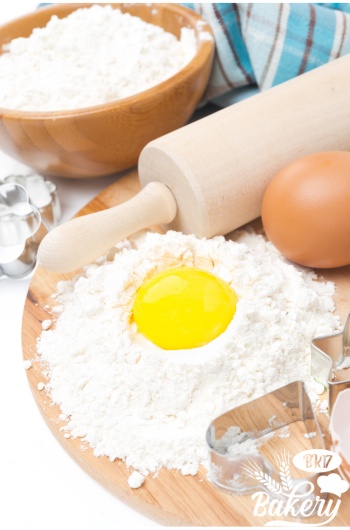
Alternatives like self-rising flour can be used in place of regular flour and a leavening agent. You can also use common ingredients like buttermilk, yogurt, or vinegar in combination with baking soda as a substitute for baking powder.
However, be mindful that alterations may slightly change the texture and flavor of your cake.
See more: Why Is My Bread So Dense? How to Make The Bread Softer?
Conclusion
The key takeaway is that each ingredient in a recipe has a specific role to play in your cooking or baking process, and swapping one for another may result in unintended outcomes. You can’t exactly use cornstarch instead of baking powder and expect your baked goods to turn out as desired.
Feel free to share this article with friends who might find this information helpful, and leave a comment if you have any baking queries or experiences you’d like to share.
